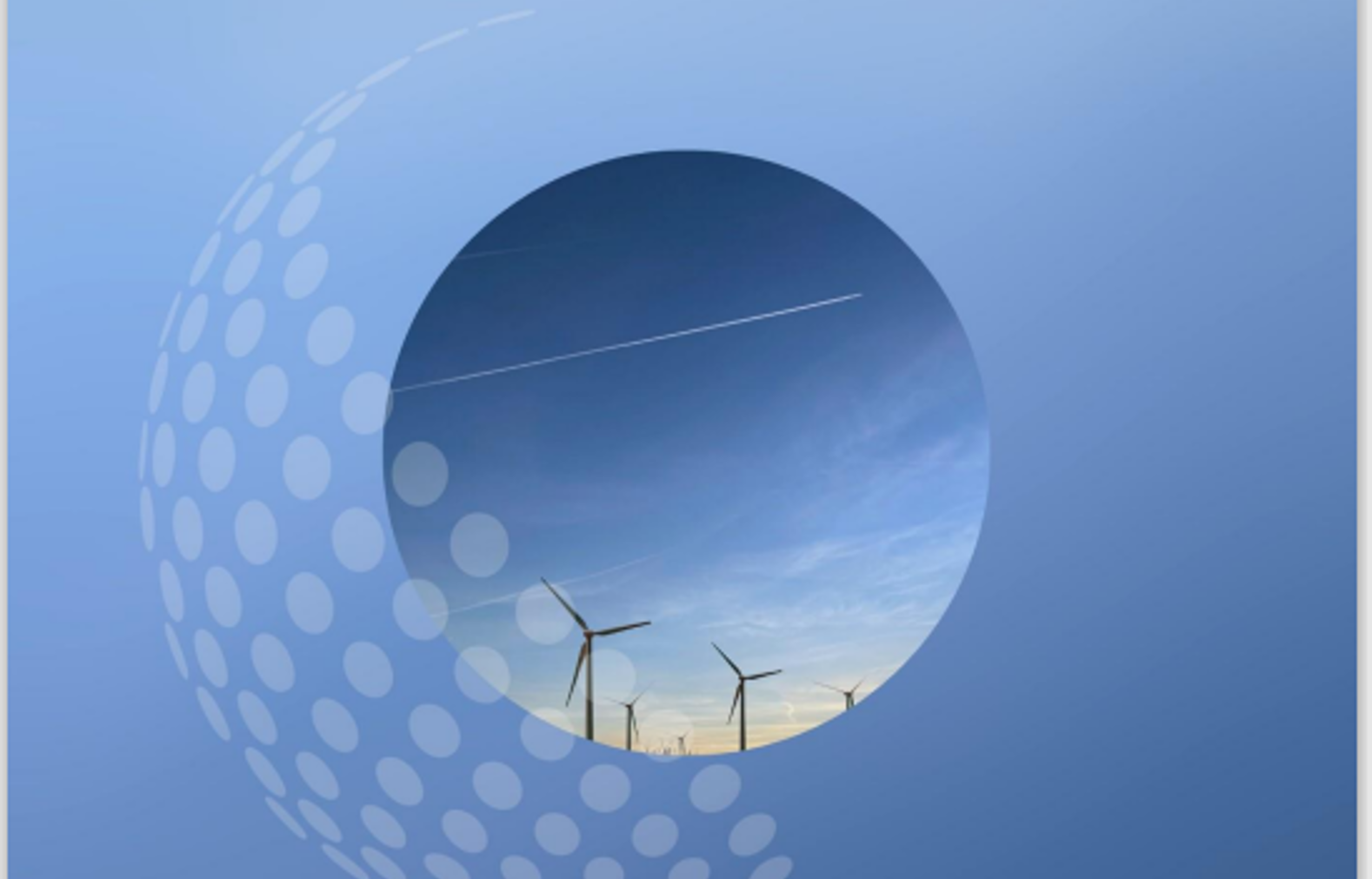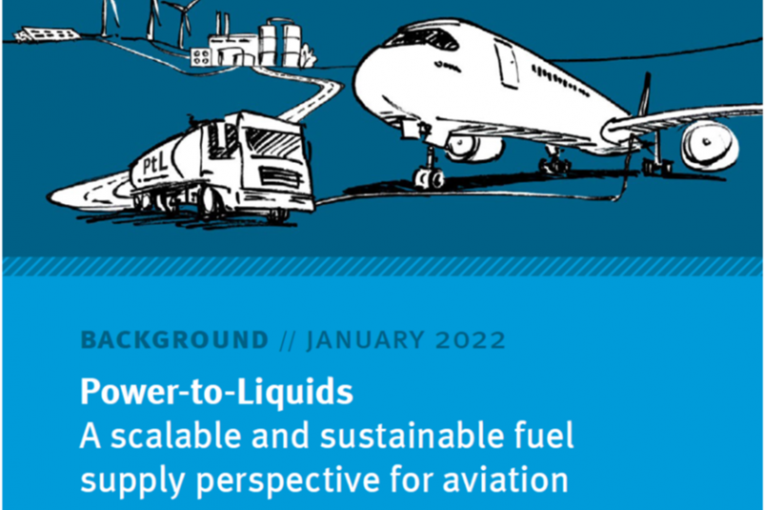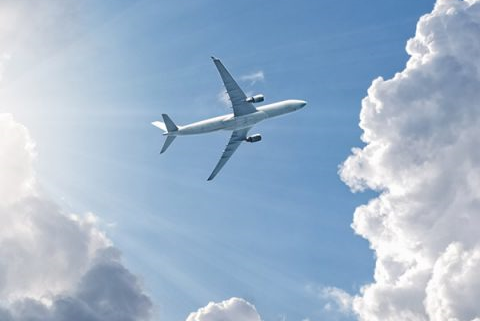Alternative fuels
In addition to innovative propulsion systems, alternative fuels also play an important role in the transport transition. Since not every application can be sensibly electrified, new fuels such as hydrogen or synthetic fuels based on it (so-called e-fuels) are inevitable. While there is much to be said for the use of hydrogen in fuel cell vehicles for reasons of efficiency, synthetic fuels offer future potential in terms of reducing emissions in existing vehicle, ship or aircraft fleets with combustion engines. Moreover, it can be assumed that conventional and advanced biofuels will continue to play an important role in the coming years.
The essential question is: What technical, economic and ecological potential do the different fuel alternatives offer?
We are happy to support you with our targeted techno-economic analyses from a user or system perspective.




